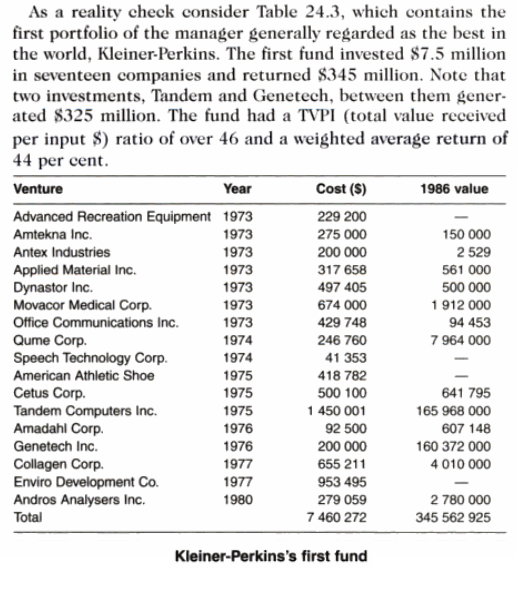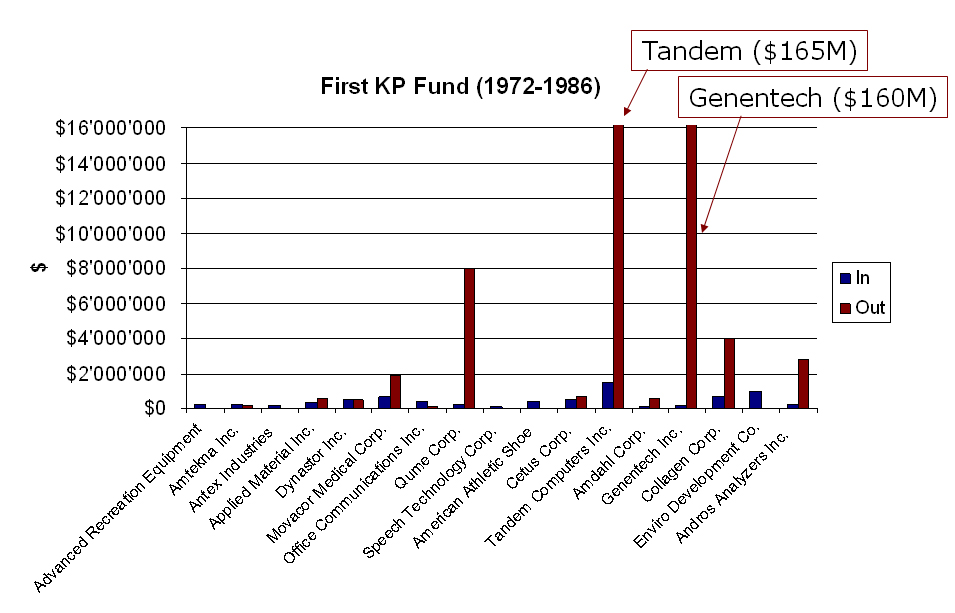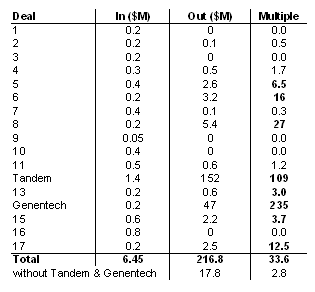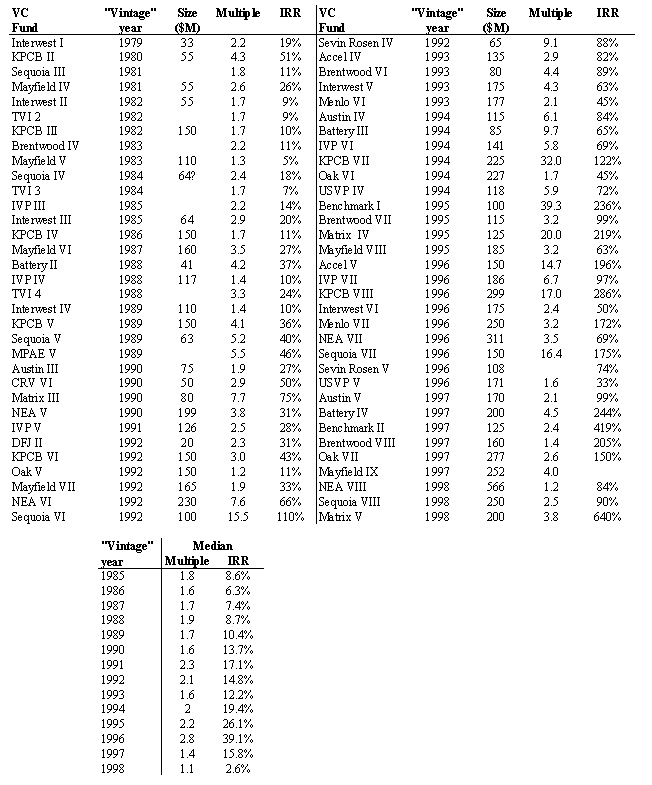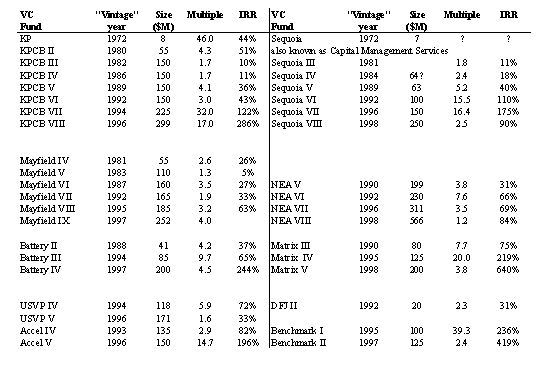Not only is The Ultimate Cure a good novel which describes the start-up life, the venture capitalists and what it costs to be an entrepreneur (and it reminds me of Po Bronson’s The First $20 Million Is Always The Hardest) but it is also a great novel, about human nature and what drives us in life. Here it reminds me of Swiss rising star, Martin Suter and his psychological thrillers. Most importantly, it is a great pleasure to read.
Author Peter Harboe-Schmidt has done a really nice “oeuvre”. Here is just a small piece:
“Take your start-up as an example. Why did you do it? If you analyzed the pros and cons for doing a start-up, you’d probably never do it. But your gut feeling pushed you on, knowing that you would get something very valuable out of it. Am I right?”
Martin speculated on why he was so drawn to a world that at times could appear to be no more than sheer madness. Like a world parallel to real life with many of the same attributes, just much more intense and fast-moving. People trying to realize a dream in a world of unpredictability and unknowns, working crazy hours, sacrificing their personal lives, rushing along with all those other technology based start-ups. Medical devices, Internet search engines, telecommunications, nanotechnologies and all the rest competing for the same thing: Money. To make the realization clock tick a little faster.
“Funny you should say that,” Martin finally said. “I’ve always thought of this start-up as a no-brainer.I never tried to justify it in any way.”


